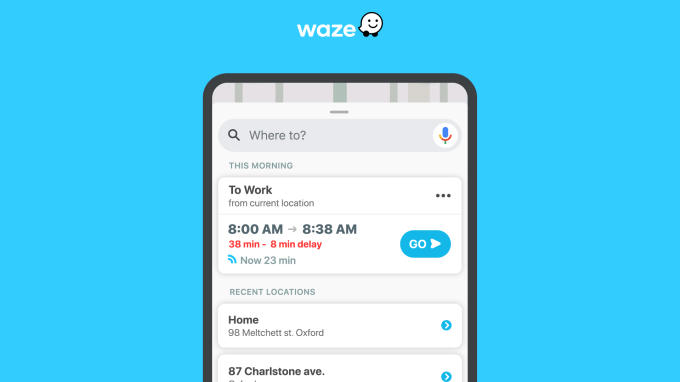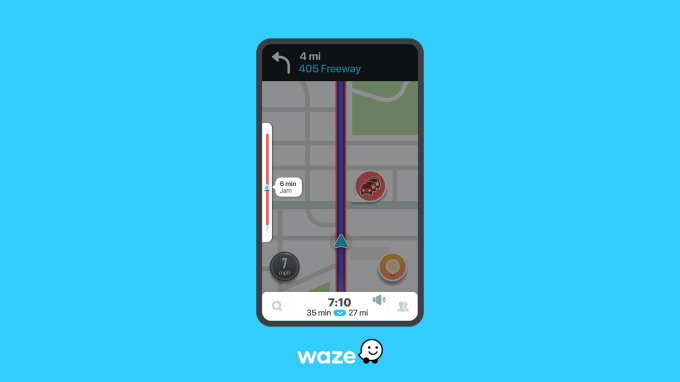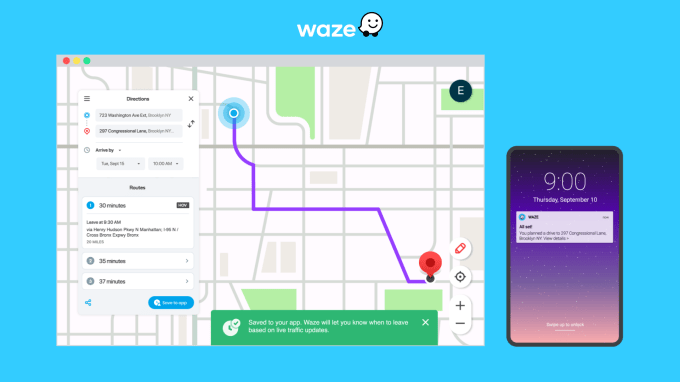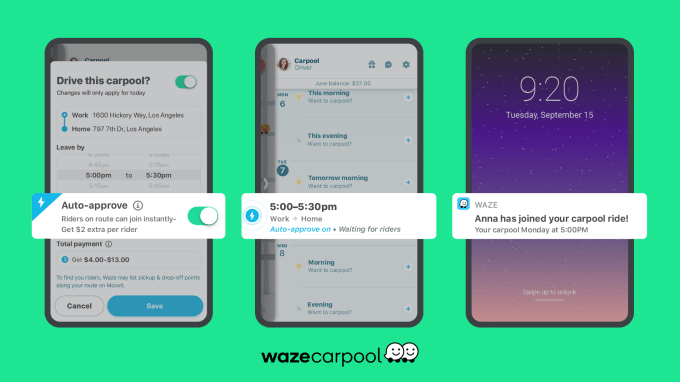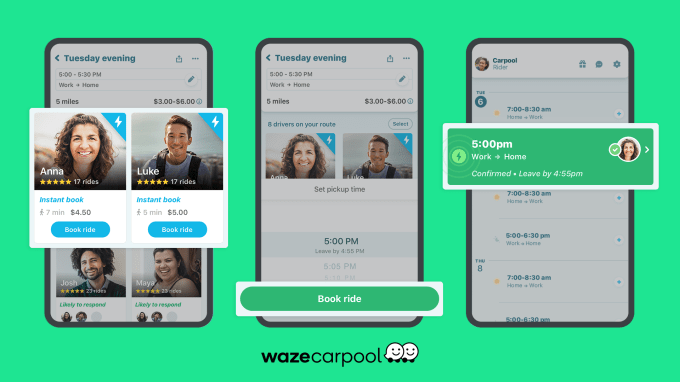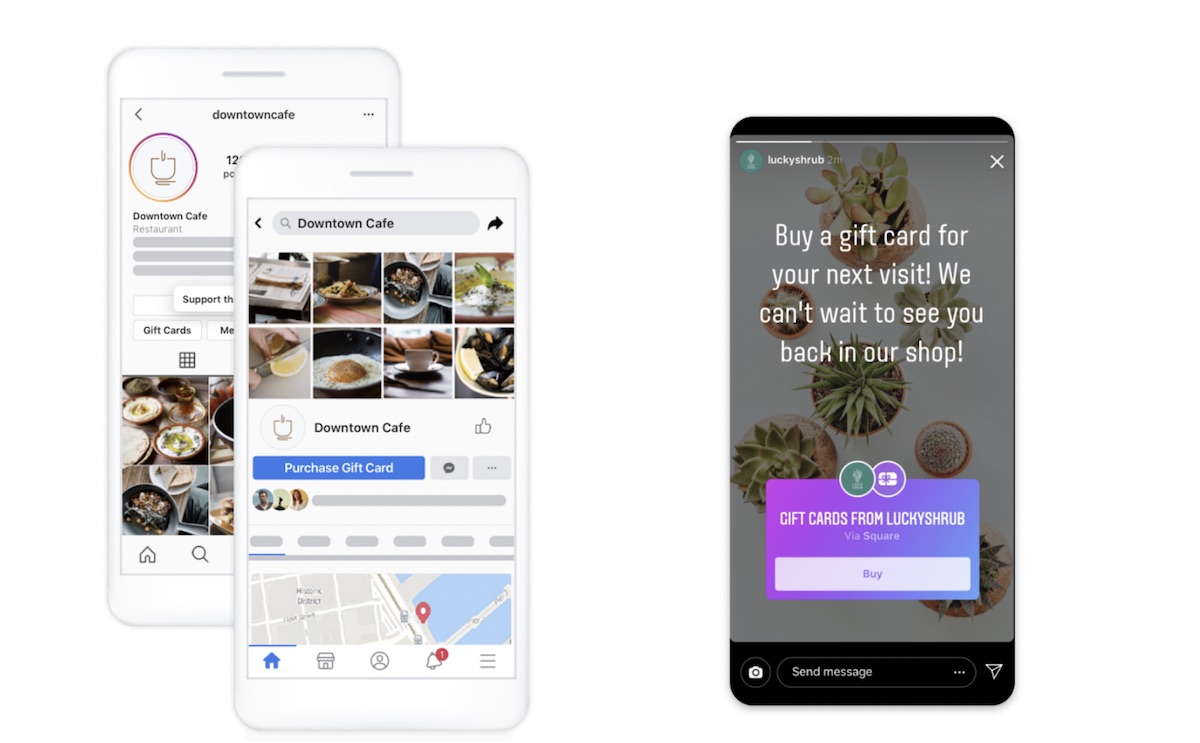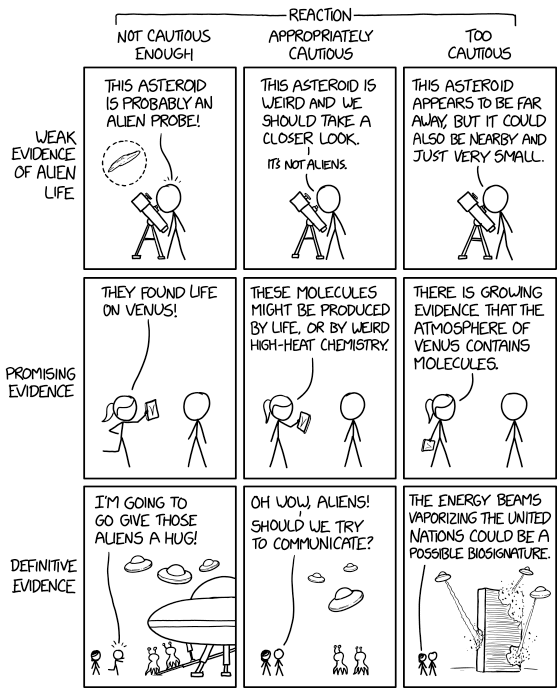As TikTok’s fate in the U.S. remains murky, YouTube today announced the launch of a new short-form video experience it’s calling YouTube Shorts. The feature will allow users, initially in India, to upload 15-second or less short-form videos using a new set of creator tools, including a multi-segment camera, similar to TikTok, speed controls and a timer and a countdown feature. The videos can also be set to music, thanks to YouTube’s access to a large library of songs that it says will continue to grow over time.
The multi-segment camera lets users string together multiple video clips into one short clip. The other controls enable YouTube creators to be more creative than if they simply pressed a “record” button.
These are tools common to the TikTok video recording experience today and are the same features that Instagram recently cloned for its own TikTok rival, known as Reels.
The feature will be prominently highlighted within the YouTube app on Android, and will expand to iOS in time.
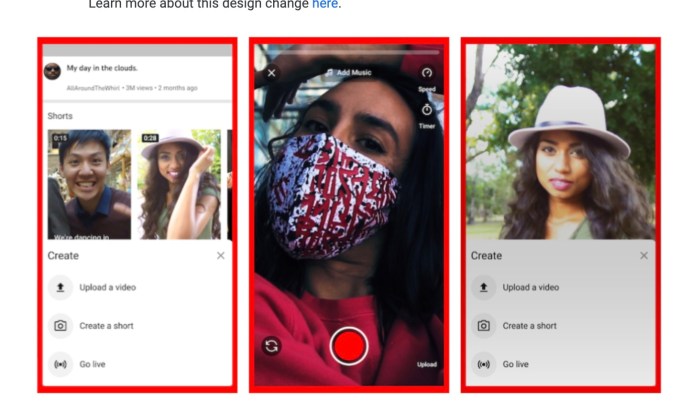
Image Credits: YouTube
YouTube says India — notably, a large market where Chinese-owned TikTok is already banned — will be the first to gain access to YouTube Shorts at launch. However, the plan is to bring the feature to more markets in time. YouTube didn’t offer a timeline for when that would happen, though.
Related to this, YouTube will introduce a new watch experience that lets you swipe through YouTube Shorts vertically — also, just like TikTok. The company had already added a new row on the YouTube homepage for watching short videos, and now the new watch experience will make it easier to watch that content and discover new short videos, too, YouTube says.
YouTube earlier this summer announced its plans to begin testing a short-form video feature, but hadn’t offered many details, or even the feature’s name. At the time, YouTube had said that the test would involve recording 15-second videos on both iOS and Android, but only among a small group of creators.
The company clarified to TechCrunch that this earlier experiment had been part of the Shorts product, and it had been experimenting with a multi-segment camera globally. But new today are the options to record with music, speed controls and a timer and countdown.
In addition, YouTube Shorts will feature hundreds of thousands of tracks from partners like T-Series and Believe Digital. It’s also working with music artists, labels and publishers to make more of their content available in YouTube Shorts’ catalog.

Image Credits: YouTube
The news of the larger launch of YouTube Shorts comes as the M&A deadline for TikTok’s U.S. operations is coming to an end. Microsoft has now announced it won’t be the buyer, and reports claim Oracle is winning the bid, but its deal isn’t structured as an outright sale.
TikTok’s potential exit had already seen many rival social platforms looking to woo TikTok users to their own app. Instagram, Snapchat and now YouTube are among those looking to gain an advantage by leveraging the instability around TikTok to launch their own short-form video products. More direct TikTok competitors, like Triller, Dubsmash, Byte and others, have picked up some new customers, as well.
YouTube says the new feature is rolling out in India over the next few days. It characterizes YouTube Shorts as a test it aims to learn from, with the goal of expanding access and improving the product over time.
If you have access to the Shorts camera, you can start creating videos by hitting the plus (+) icon (or soon, the video camera icon on iOS), then selecting “video.” If you see “create a short video” as an option, then you have the Shorts camera. For Android users in India, however, you’ll see the “create” icon has been moved to the bottom of the navigation bar for easier access, YouTube says.
Those without the feature can somewhat participate by tagging their shorter videos (under 60 seconds) as #Shorts in the title or description. These will be tested on the new YouTube home page, along with other short vertical videos.
 Read Full Article
Read Full Article





